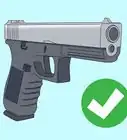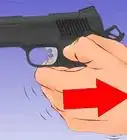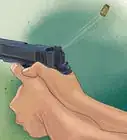This article was written by Jennifer Mueller, JD. Jennifer Mueller is an in-house legal expert at wikiHow. Jennifer reviews, fact-checks, and evaluates wikiHow's legal content to ensure thoroughness and accuracy. She received her JD from Indiana University Maurer School of Law in 2006.
There are 9 references cited in this article, which can be found at the bottom of the page.
wikiHow marks an article as reader-approved once it receives enough positive feedback. In this case, 92% of readers who voted found the article helpful, earning it our reader-approved status.
This article has been viewed 347,625 times.
Generally, it's relatively easy to buy a gun in Ohio as long as you haven't committed a felony and have a government-issued photo ID showing that you're over the age of 18 (21 for handguns). If you go through a federally licensed dealer, you'll have to pass the federal background check, which typically only takes a few minutes to go through. Then, you can usually take your gun with you after buying it — Ohio does not have a waiting period. If you're buying from an unlicensed private individual, you only have to prove your age. While Ohio is an open-carry state, you'll need an additional license if you want to carry a concealed weapon.
Steps
Using a Licensed Dealer
-
1Locate a licensed dealer in your area. Typically, it's safest to buy a gun from a federally licensed dealer — also known as an FFL (federal firearms licensee) dealer. When you buy through a licensed dealer, you can be assured that the gun is in good working order and hasn't been stolen or used in the commission of a crime.[1]
- There are many online directories, such as the one at http://fflgundealers.net/transfer/ohio/, that can help you find the nearest licensed gun dealer. Simply type "FFL dealers Ohio" into your favorite search engine.
-
2Visit the gun dealer in person with valid ID. When you go to the gun dealer to purchase your gun, you'll need a government-issued photo ID, such as a driver's license, state identification card, or military ID, that proves you are over the age of 18 (21 for handguns). Your ID also lists your state of residence. If you buy a gun from an FFL dealer and live out of state, you'll usually have to transfer it to an FFL dealer near your residence before you can take it home.[2]
- If you're buying a rifle and live in one of the "unrestricted" neighboring states, such as West Virginia, you may be able to walk out of the shop with the rifle, provided you pass the background check.
Tip: Ohio law prohibits sales of guns to anyone under the influence of drugs or alcohol. Other than that, there are no state-specific restrictions that go beyond federal law.
Advertisement -
3Fill out the Firearm Transaction Record form. The Firearm Transaction Record form is the official record of your purchase required by US law. Fill out your information as the buyer of the gun and answer a few questions about your background and record. Then, sign and date the form.[3]
- Specifically, you'll need to provide your full legal name, address, date and place of birth, gender, height, and weight. While not required, you can also include your Social Security number to ensure you don't get mixed up with someone else during the background check.
- You'll also have to answer yes/no questions about your criminal and citizenship background, as well as about any domestic violence charges you may have on your record.
- The dealer will complete the section for the seller of the gun, then call the National Instant Criminal Background Check System (NICS) and provide your information for the background check.
-
4Wait for your background check report to come back. The only background check required for firearms purchases from FFL dealers is the federal NICS check. This check may not include state records. Ohio does not require any additional state background checks to purchase a firearm, although you will need one if you want to get a concealed carry permit.
- If the NICS check indicates you've been convicted of a felony, the dealer will be instructed to deny the sale.
- The background check is good for a single transaction. Although you can buy multiple guns in one transaction, if you come back to buy another gun, or if you buy a gun from a different dealer later, you'll have to get another background check.
- After the dealer provides your information, they will get a response saying either "proceed" or "denied." Occasionally, you may get a "delayed" response. In that case, you may not be able to complete your purchase that day. After 3 days, if NICS is still giving a "delayed" response, the dealer can use their own discretion in selling you the gun.[4]
-
5Buy your gun and take it home if you live in Ohio. If you are an Ohio resident, you can take your gun home with you immediately after purchasing it. Ohio doesn't have any sort of waiting period. The dealer will tell you how to safely and legally store your gun for transport back to your home.
- Ohio doesn't restrict the number of guns you can buy at one time, so you can buy as many guns as you want in one transaction.
- If you decide not to buy a gun on that day, your NICS check remains valid for 30 days. However, if you purchase a gun after that time has elapsed, you'll have to get another check.[5]
-
6Arrange for transfer of your gun if you're from another state. If you live in another state, you typically must coordinate with an FFL near your residence to complete the transfer of the gun. The FFL in Ohio will help you find an FFL near your residence if you don't already have one in mind.[6]
- If the state where you live requires additional background checks or information, the FFL in your state will take care of those before you'll be able to take your gun home.
- If your state has a waiting period, your gun will be transported to the FFL near your residence, but you won't be able to pick it up and complete the transaction until the time of the waiting period has elapsed.
Completing a Private Transfer
-
1Find a private seller or unlicensed dealer. If you don't want to go through an FFL dealer, you can also buy a gun from a private individual. You may find someone with a gun for sale on the internet, through advertisements at a shooting range, or at a gun show.[7]
- Under Ohio law, any private resident can sell a gun to any other private resident.
-
2Show the seller your valid photo ID. Private sellers and unlicensed dealers in Ohio aren't required to conduct background checks. However, they must make sure that you're at least 18 (21 if you're buying a handgun) and a resident of Ohio.[8]
- If you're not from Ohio, the private seller cannot complete the sale themselves. They can take your money, but they'll have to send the gun to an FFL dealer in your state.
- Ohio doesn't have any specific laws relating to gun shows. The rules in effect for a gun show depend on the rules of the organizer of the show and whether you buy from an FFL dealer or a private individual.[9]
-
3Buy the gun from the seller. Because private sales are relatively unregulated, it's up to you to inspect the gun and make sure it's in good working order and seems legitimate. If the serial number has been scratched through, that may be a sign that the gun has been used or transferred illegally.[10]
- If you're an Ohio resident, once you buy the gun, you're free to take it home. There are no additional requirements for private sales and no record needs to be made of the transaction. You aren't required to register the gun with law enforcement or any other government agency.
-
4Transfer your gun to a local FFL dealer if you live out of state. If you're not an Ohio resident, you and the seller must fill out the Firearm Transaction Report to transfer the gun to an FFL near where you live. That FFL will complete the transfer.[11]
- If your state has any additional requirements, such as completing a background check, you must fulfill those requirements before taking possession of your gun. The FFL in your state will inform you of those requirements. You can also look them up yourself by doing an online search for "interstate gun transfer" with the name of your state.
Tip: Some sellers, particularly online, may have preferred FFLs that they use for their transfers. This is usually because they get a discount from that FFL. However, you can still use someone different if you prefer.
Getting a Concealed Carry Permit
-
1Complete a firearms safety course. To be eligible for a concealed carry weapons (CCW) permit in Ohio, you must get a certificate of competency after a total of 8 hours of study. At least 2 of those hours must be in-person training that includes range time and live-fire training. Your local sheriff's department will have a list of courses available in your area that satisfy this requirement. Generally, the course covers the following areas:[12]
- Safe handling and proper storage practices for handguns and ammunition
- Knowledge, skills, and attitude toward safe shooting practices
- Basic gun-handling training
- Demonstrated knowledge of rules of safe handling and proper storage
Tip: Active duty, reserves, retired, or honorably discharged members of the armed services do not have to take the firearms safety course. Active duty law enforcement officers are also excused.
-
2Contact your local sheriff's department. The sheriff's department in the county where you live issues CCWs. Some counties only issue CCWs by appointment, while others only accept applications on specific days of the week. Your county sheriff's department likely has this information available on its website, or you can call the non-emergency number during regular business hours.[13]
- Go to https://buckeyesheriffs.org/county-map.php and click on your county to get contact information for your sheriff's department.
-
3Get a passport-sized color photo taken for your license. Your photo should show your whole face against a blank background. You can get these photos made at most drug stores, groceries, big-box stores, and other locations that handle photo development.[14]
- Your photo must have been taken within 30 days of the date you submit your application form. If you have an old passport photo taken for another purpose, you won't be able to use it.
-
4Fill out your application form. Download the application at https://www.ohioattorneygeneral.gov/Files/Forms/Forms-for-Law-Enforcement/Concealed-Carry-License-and-Renewal-Application.aspx or pick up a paper copy from your county sheriff's department. Fill out the entire form completely and honestly. Any false information could result in prosecution for a felony.[15]
- You can fill out the downloadable form on your computer. However, you'll still have to print it so you can sign and date it.
- If you fill out the form by hand, use a blue or black ink pen and write legibly.
-
5Submit your application with your fee. As of 2019, the fee for a new CCW is $67. Most sheriff's departments accept only cash, personal check, or money order. If you pay in cash, you must have exact change. The fee is waived if you are active duty, veteran, or retired member of the armed forces.[16]
- Unless you've been an Ohio resident for the past 5 years, you must also pay an additional $10 for an FBI background check.
- When you submit your application, you'll be fingerprinted for your background check.
Warning: Do not bring a firearm with you when you submit your application or when you pick up your license.
-
6Pick up your license when it's ready. Expect it to take a couple of weeks for your background check to be completed. The sheriff's department will contact you when your license is ready for you to pick up. You typically don't have to make an appointment just to pick up your license.[17]
- When you get your license, inspect it carefully to make sure all the information is correct. If there's a mistake, let them know so they can fix it.
-
7Renew your license every 5 years. Before your license expires, make an appointment with your county sheriff's department. Show up to your appointment with a completed application, your original license, valid government-issued photo ID, and your renewal fee. As of 2019, the renewal fee is $50.[18]
- If you're renewing from another county, you'll also need a new passport-sized photo.
- If you move or change your name, let the sheriff's department know within 30 days so the information can be updated on your license.
-
8Apply for a temporary emergency license if you are in imminent danger. To prove you are in imminent danger, write a sworn statement testifying to your reasonable cause to fear a criminal attack. You can also use documents produced by a public official, such as a protection order, a court order, or a police report. The temporary emergency license allows you to carry a handgun without completing a firearms safety course.[19]
- You must be over 21, a legal resident of the US, and otherwise legally allowed to own and possess a firearm.
- Temporary emergency licenses only last for 90 days. That gives you enough time to complete the competency certification. You can only renew a temporary emergency license once every 4 years.
- As of 2019, the fee for a temporary emergency license is $37.[20]
Tip: Temporary emergency licenses can be issued to non-residents staying in Ohio for a brief period who otherwise meet the criteria.
Warnings
- Gun laws can change rapidly. Refer to Ohio law and the policies of individual FFL dealers for the most up-to-date information.⧼thumbs_response⧽
References
- ↑ http://innovationohio.org/2018/03/13/current-gun-laws-in-ohio-quick-reference-guide/
- ↑ http://innovationohio.org/2018/03/13/current-gun-laws-in-ohio-quick-reference-guide/
- ↑ https://www.atf.gov/firearms/docs/4473-part-1-firearms-transaction-record-over-counter-atf-form-53009/download
- ↑ https://www.fbi.gov/services/cjis/nics/a-nics-delay
- ↑ https://www.atf.gov/firearms/qa/what-period-time-nics-check-valid
- ↑ https://www.nrablog.com/articles/2016/6/buying-and-selling-a-firearm-online-and-interstate-gun-sales/
- ↑ http://innovationohio.org/2018/03/13/current-gun-laws-in-ohio-quick-reference-guide/
- ↑ http://ohiogunshows.com/wp/rules/
- ↑ http://innovationohio.org/2018/03/13/current-gun-laws-in-ohio-quick-reference-guide/
- ↑ http://innovationohio.org/2018/03/13/current-gun-laws-in-ohio-quick-reference-guide/
- ↑ https://www.nrablog.com/articles/2016/6/buying-and-selling-a-firearm-online-and-interstate-gun-sales/
- ↑ https://www.ohioattorneygeneral.gov/CCWManual
- ↑ https://sheriff.franklincountyohio.gov/Services/Concealed-Carry-Permit
- ↑ https://sheriff.franklincountyohio.gov/Services/Concealed-Carry-Permit
- ↑ https://www.ohioattorneygeneral.gov/Files/Forms/Forms-for-Law-Enforcement/Concealed-Carry-License-and-Renewal-Application.aspx
- ↑ https://sheriff.franklincountyohio.gov/Services/Concealed-Carry-Permit
- ↑ https://sheriff.franklincountyohio.gov/Services/Concealed-Carry-Permit
- ↑ https://sheriff.franklincountyohio.gov/Services/Concealed-Carry-Permit
- ↑ https://www.ohioattorneygeneral.gov/CCWManual
- ↑ https://sheriff.franklincountyohio.gov/Services/Concealed-Carry-Permit
- ↑ http://innovationohio.org/2018/03/13/current-gun-laws-in-ohio-quick-reference-guide/
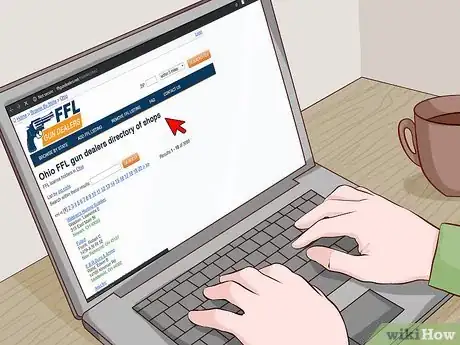
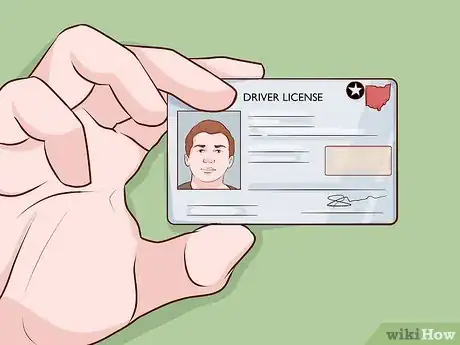
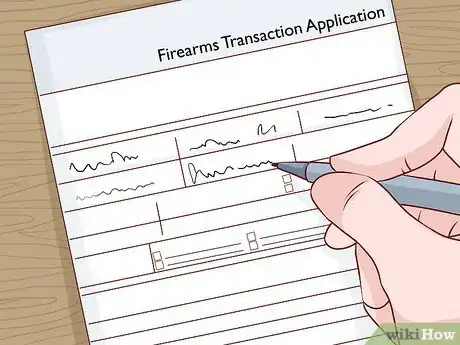
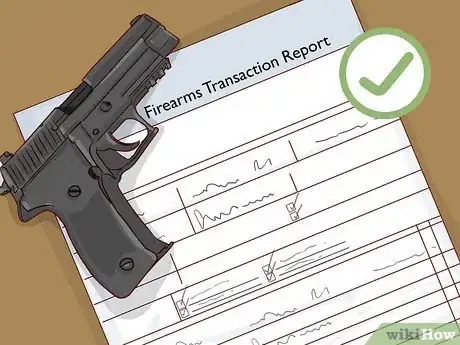
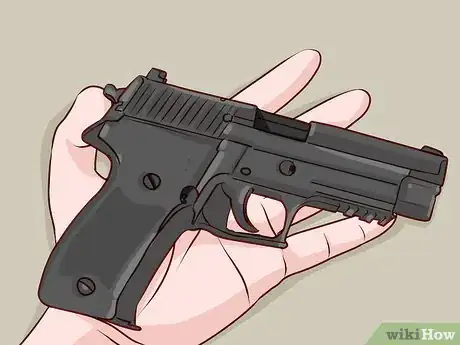

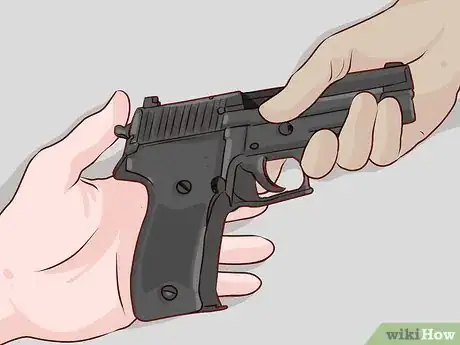
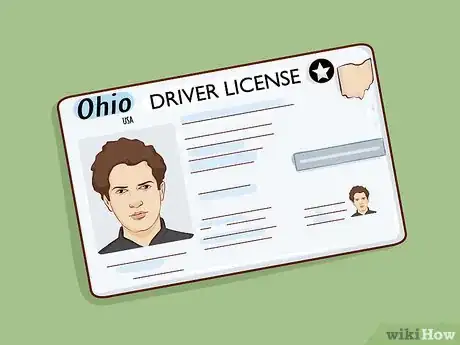
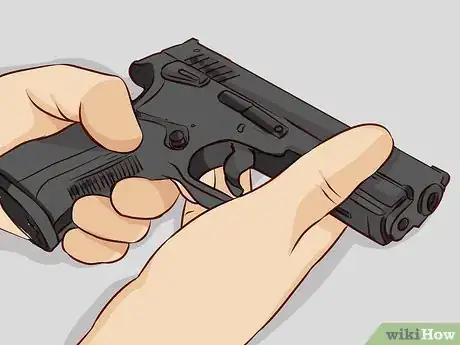
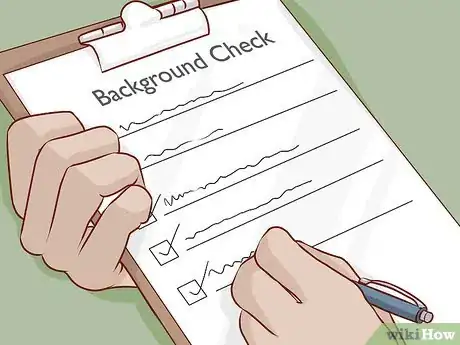
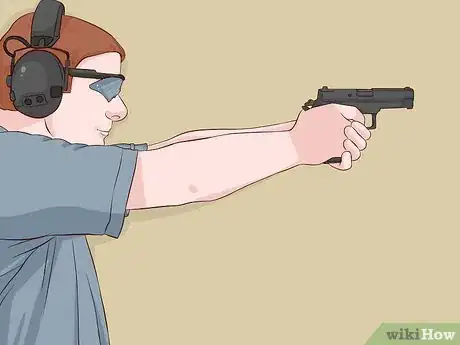
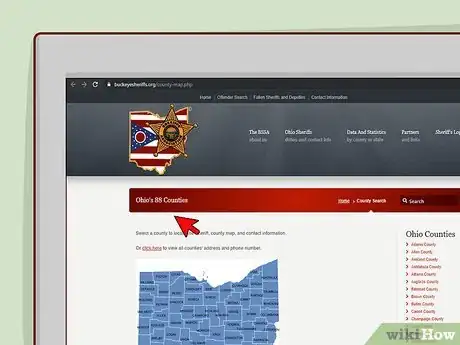

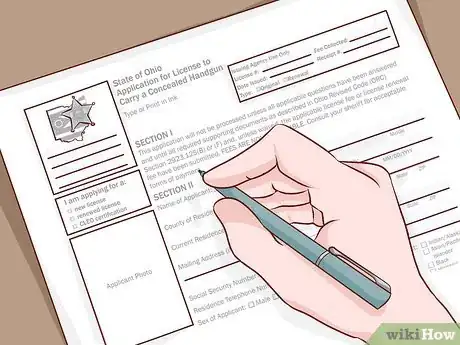
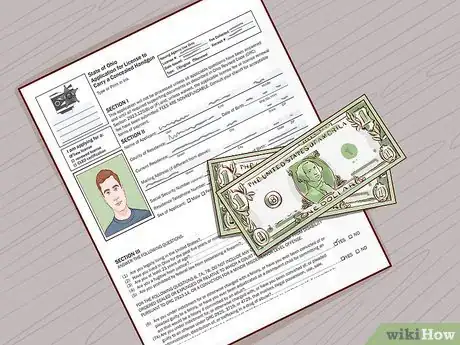
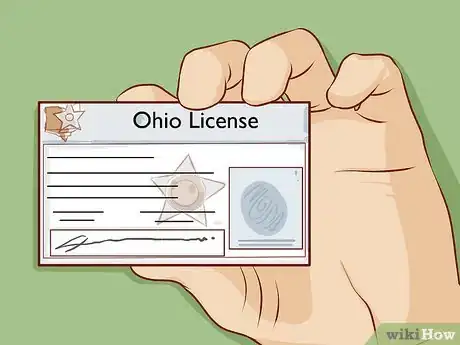
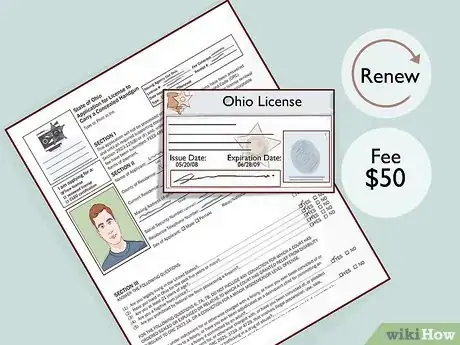
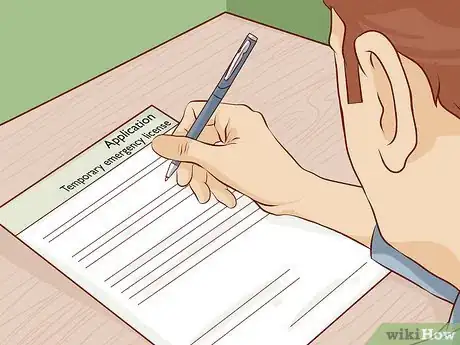
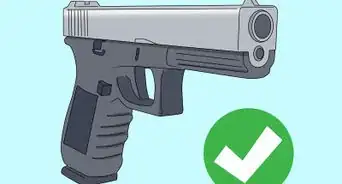
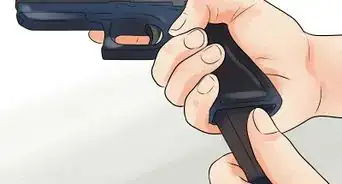
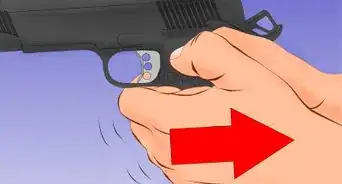
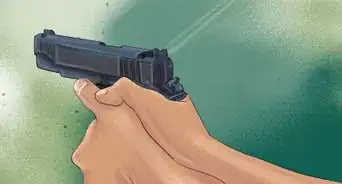
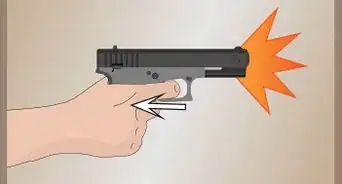
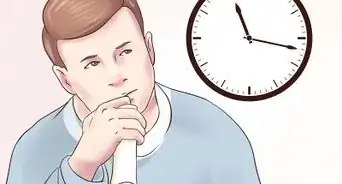


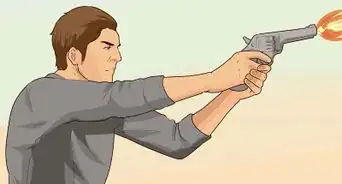
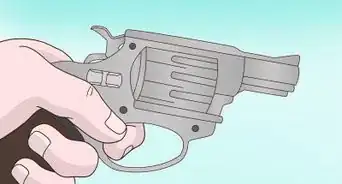
-Step-18-Version-3.webp)

-Step-6.webp)
-Step-21-Version-3.webp)









